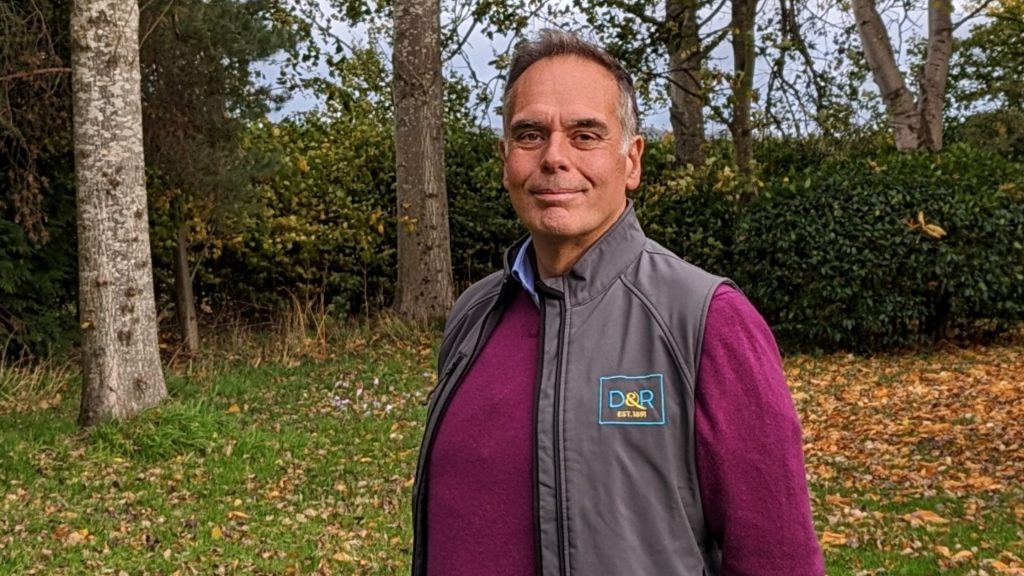Many farmers now agree that shelterbelts on farms are good for their land, livestock and also for the environmental sustainability of flora and fauna. Over the years there has been a push towards conifer planting for commercial gain, but could there be other, better long term options for farms by moving from coniferous to broadleaf shelterbelts?
Keith Muir, Associate Director, and Forestry lead at Davidson & Robertson (D&R) believes more diverse broadleaf shelterbelts are now a better prospect, rather than looking for marginal commercial gain from conifers.
The recent report from the Royal Society of Edinburgh (RSE) called for an end to tax breaks for coniferous tree planting in Scotland, suggesting it no longer needs public support because of the improved market prices. It was met with criticism because of the UK’s need to be more self-sufficient in timber (81% of UK’s commercial timber is imported – 75% of which is for housing construction). The report also highlights ‘planting the right trees in the right place.’ Shelterbelts are a great example of this, moving towards broadleaf planting instead of conifers.
It is well documented that shelterbelts provide habitats for flora and wildlife that includes pollinating insects. They also provide wind breaks, preventing drought and soil erosion. For livestock farmers creating shelter from wind, rain and increasingly the sun, shelterbelts are a must have not a nice to have farm element.
Choosing to plant broadleaf trees gives long-term shelter with no interruptions from felling. Planting and felling conifers can result in up to 10 years of reduced to no shelter, which can then result in lower livestock and crop yields, more soil blow, additional fence maintenance, and replanting costs.
Looking at conifer removal, there are also other potential farm issues like damage to soil from heavy machinery, large quantities of brash and debris left and potential damage to the developed or other existing habitats. All counter to the original aim of achieving profitable income.
Conversely, a well-designed, diverse woodland shelter can provide constant shelter over many generations on the farm. It also offers a diverse habitat that will tick many boxes in grant systems. Mature broadleaf woodland areas are a tremendous vault of biodiversity and create wildlife corridors across the landscape. The broader range of insects, birds and mammals can counter the increase pest and disease issues.
In the longer term, broadleaf planting will also improve carbon sequestration. There is now evidence ( Journal of Ecological Solutions and Evidence), which indicate that woodland with mature broadleaf trees lock away twice the amount of carbon as previously thought.
Many argue that coniferous forests are the key to reducing our carbon dioxide within our essential time scales, and they are, but their life cycle means they are only there for a set time before being removed with all the potential negative issues for farmers. Are conifers the best option for your farm?
Depending on the trees chosen, there could be additional diversification benefits including an income stream, depending on scale, from fruit and nuts like walnuts and native apple species. Livestock could get an added bonus if allowed to feed on the harvest for a short period each year.
Looking to the future there is also longer term potential to offset carbon against food production, or cash in as carbon credits. Overall, the benefits from changing from conifer to deciduous tree planting potentially outweighs the costs and short-term income streams that become very marginal if looked at over the longer time period of a farm’s life.
For more information about shelterbelts or woodlands, contact Keith Muir, D&R Associate Director on 0131 449 6212 or email KM@drrural.co.uk.



